Order: Accipitriformes. Family: Accipitridae
Description
Length 90-98 cm; wingspan 212-228 cm.
Bare Parts: Iris dark brown; bill and cere black; bare skin of head dark grey; skin of lower neck blackish; legs and feet black.
Large size; body plumage generally brown, faintly streaky; old birds become very pale. Iris dark; face blackish, neck pink; white lower back conspicuous when flying away; buffy white under wing contrasts with dark remiges.
Immature: Darker than adult; lower back streaked brown and white; under parts streaked light and dark; under wing mottled brown and white.
Chick: Grayish brown; iris dark brown; cere and legs Grayish black.
Similar species: Adult difficult to distinguish from the larger Cape Vulture unless the white back is seen, but at close range the eye is dark (not honey-coloured). Cape Vulture has pale yellowish iris; no white on back; paler coloration overall; larger size.
Distribution
Occurs in Africa south of the Sahel, avoiding the lowland forest of the DRC. In southern Africa it is locally common across the northern half of the region, extending into the savanna and grassland of South Africa.
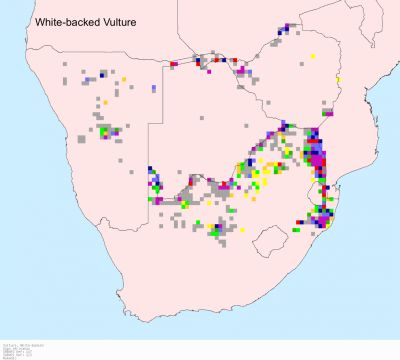
Habitat
It generally prefers arid savanna with scattered trees, such as Mopane (Colosphermum mopane), largely avoiding forests, deserts, treeless grassland and shrubland.
Diet
Carrion specialist preferring softer parts of the carcass; usually outnumber other vultures at the kill. It searches aerially until it spots a carcass, or alternatively follows mammalian carnivores and other scavenging birds to the carcass. Once on the scene, it is extremely aggressive to the other feeding animals, pushing them out of the way and outstretching its neck and wings in a threat display, so that it can access the meat. It is generally a subordinate to larger vultures, in fact in the feeding frenzy it sometimes become stuck in the carcass and is eaten by the other scavengers! It rarely hunts and kills its own prey, such as young Springbok, Red-billed quelea chicks and Warthog.
Breeding
Monogamous and usually semi-colonial, nesting either singly or in loose colonies of up to 10 pairs, 50-200 m apart in scattered trees. The nest is a platform of sticks lined with dry grass and sometimes green leaves, typically placed on the top of tree or on a man-made structure, about 7-25 m. Egg-laying season is from June-September in KwaZulu-Natal, and from April-July elsewhere in southern Africa. It almost always lays one egg, which is incubated by both sexes for about 56-58 days. At first, the chick is almost constantly brooded by both parents, who change shifts 1-2 times per day. Both adults feed the chick, who eventually leaves the nest at about 108-140 days old, becoming fully independent about 5-6 months later.
Call
Usually silent; squeals, hisses and grunts at carcasses. Listen to Bird Call.
Status
Common resident. This species has declined severely in parts of its range owing to habitat loss and conversion to agro-pastoral systems, declines in wild ungulate populations, hunting for trade, persecution, collisions and poisoning. For this reason it has been uplisted to Endangered in 2012 on the IUCN Red List.



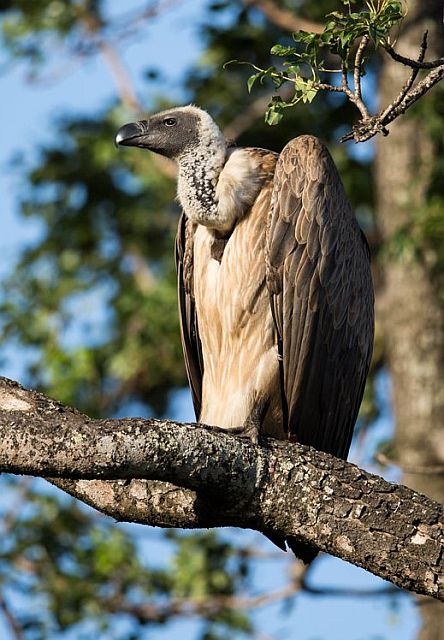 © Pumbaa
© Pumbaa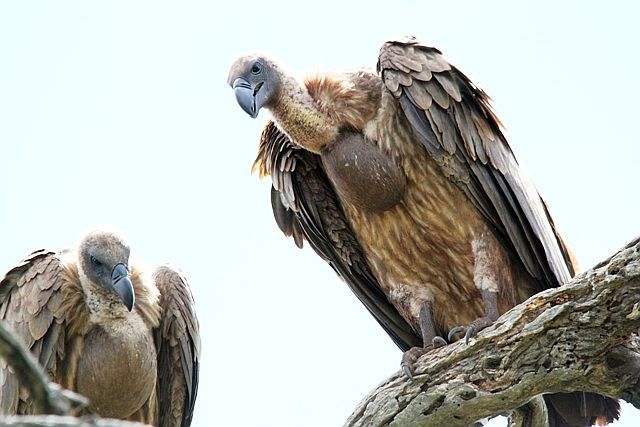 © pooky
© pooky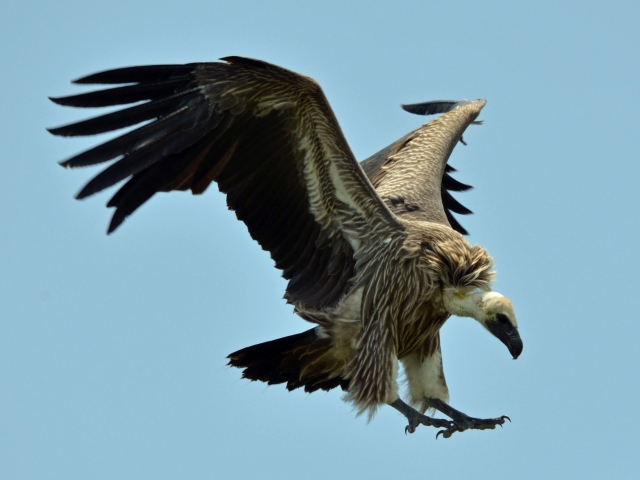 © BluTuna
© BluTuna © BluTuna
© BluTuna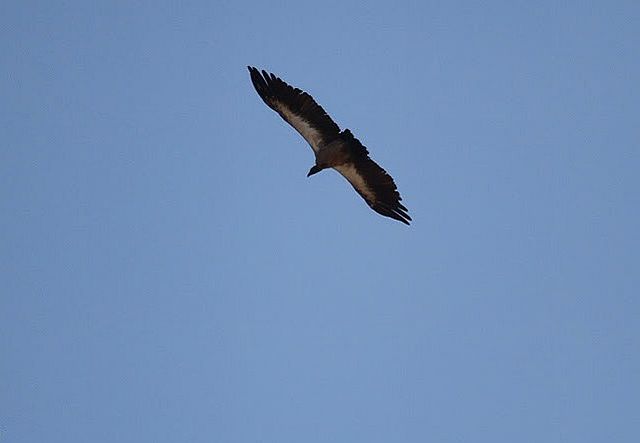 © leachy
© leachy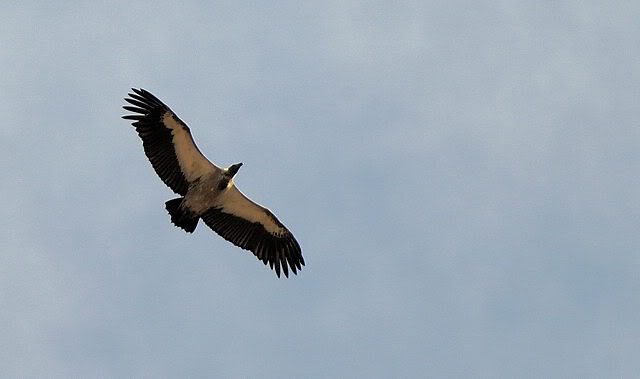 © Dewi
© Dewi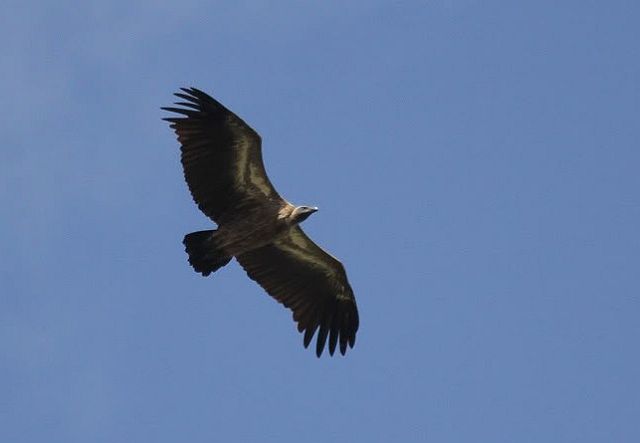 © leachy
© leachy © Toko
© Toko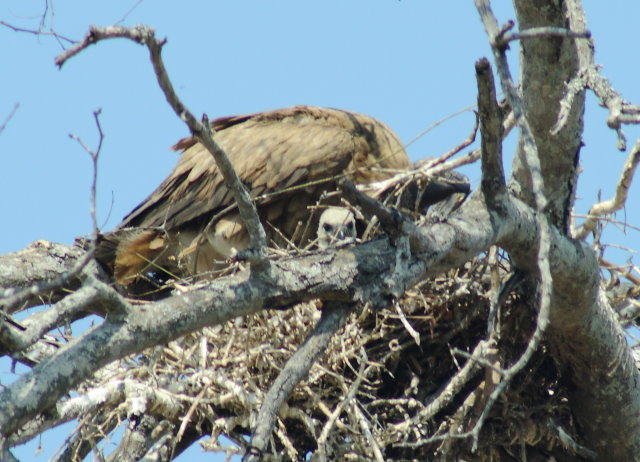 © Flutterby
© Flutterby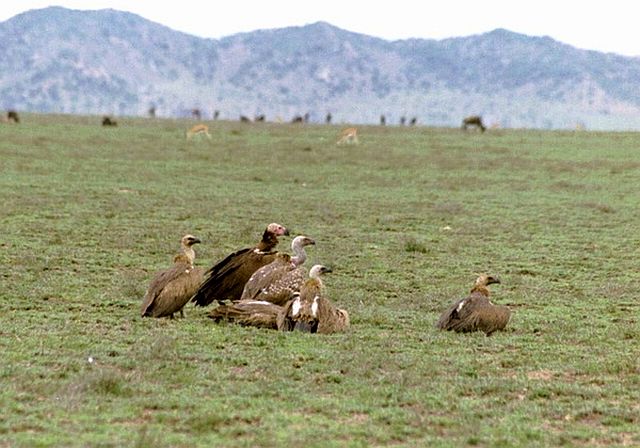 © nan
© nan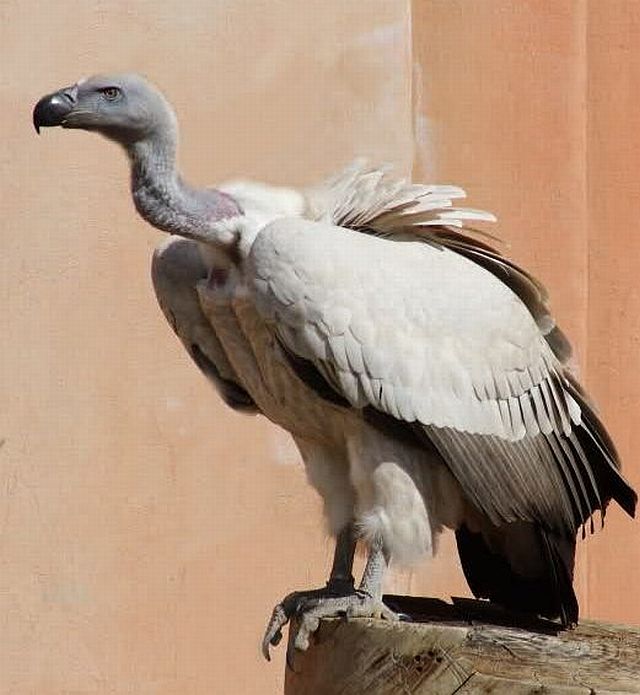 Flutterby
Flutterby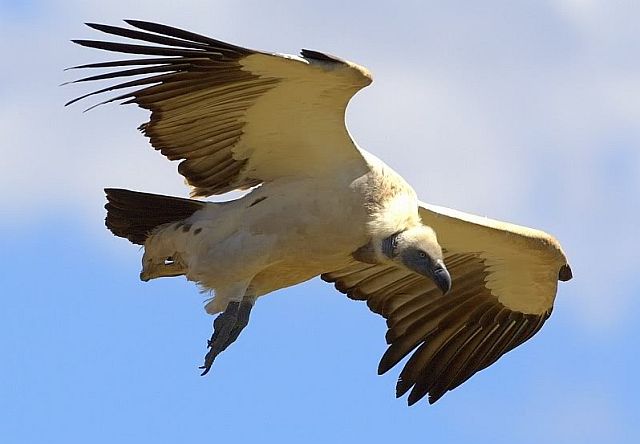 © Sharifa
© Sharifa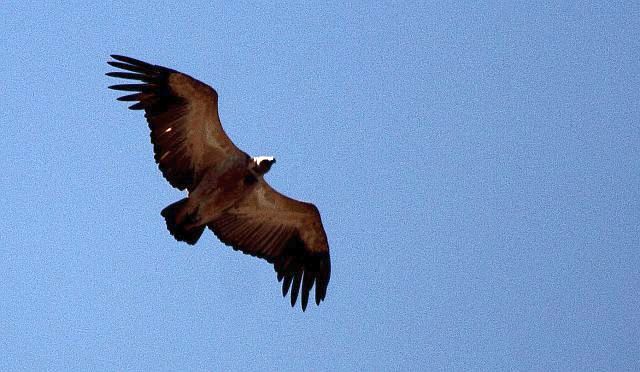 © Sharifa
© Sharifa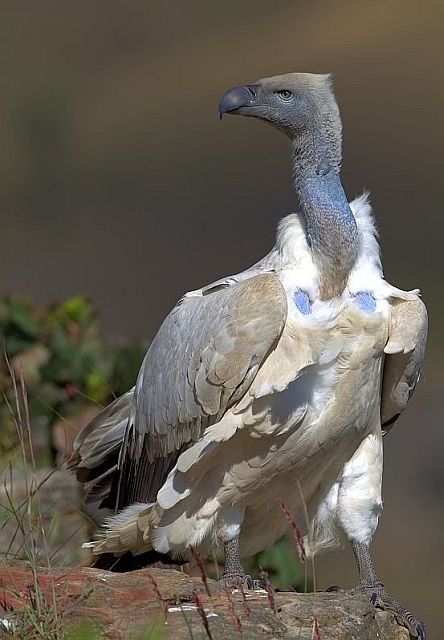 © Sharifa
© Sharifa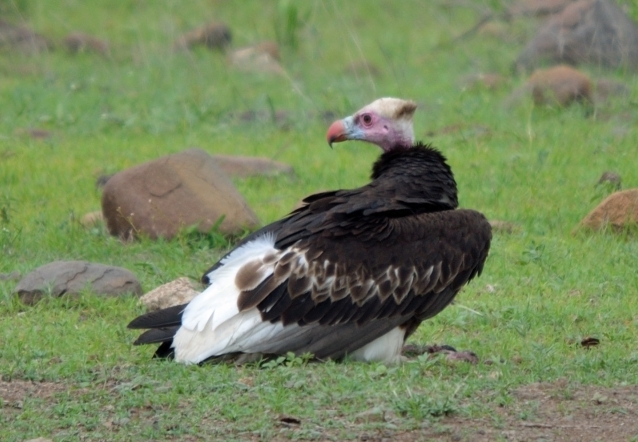 © BluTuna
© BluTuna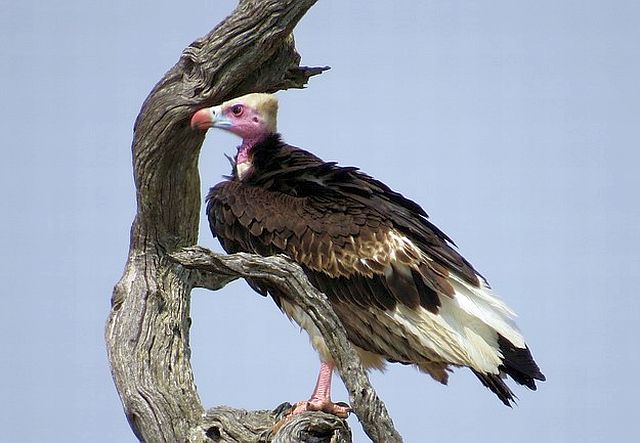 © Bushcraft
© Bushcraft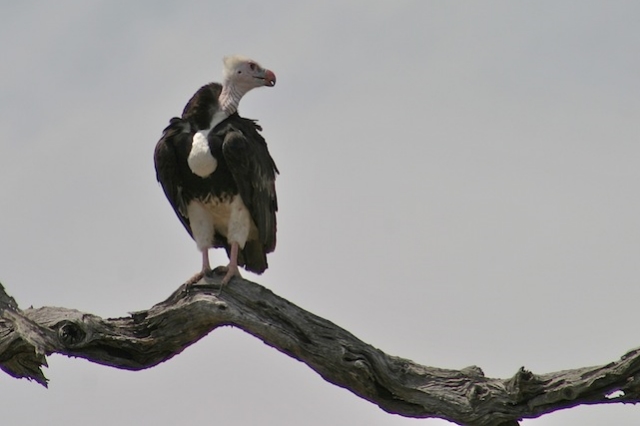 © ExFmem
© ExFmem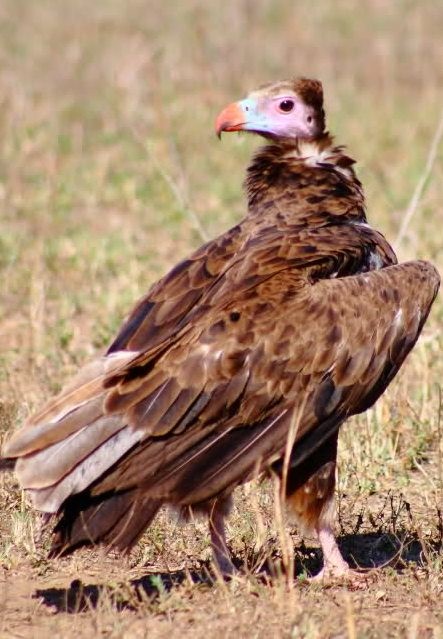 © Flutterby
© Flutterby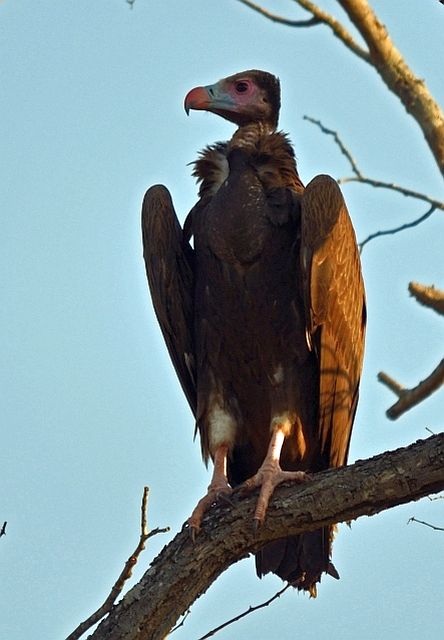 © BluTuna
© BluTuna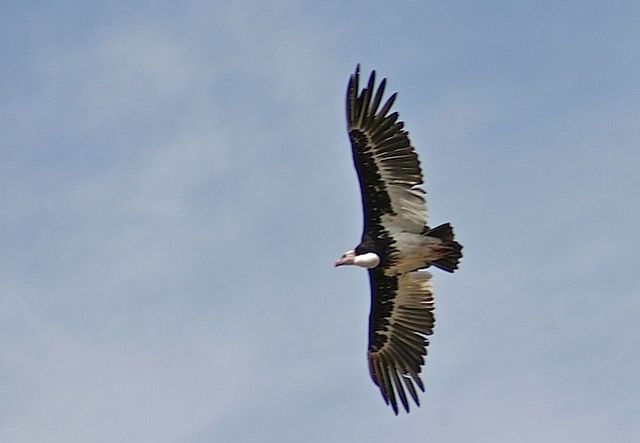 © ExFmem
© ExFmem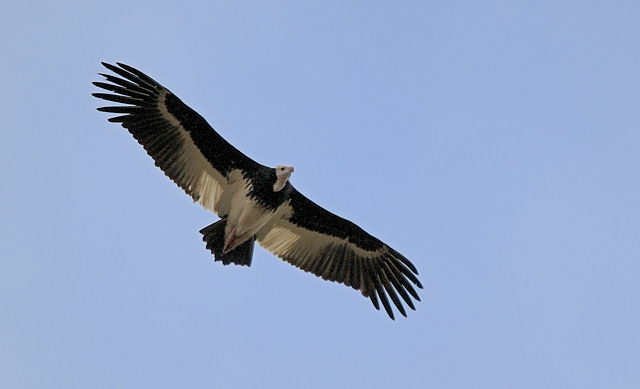 © Dewi
© Dewi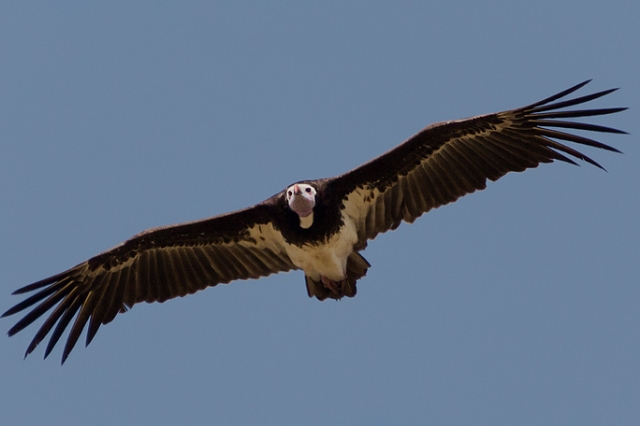 © PRWIN
© PRWIN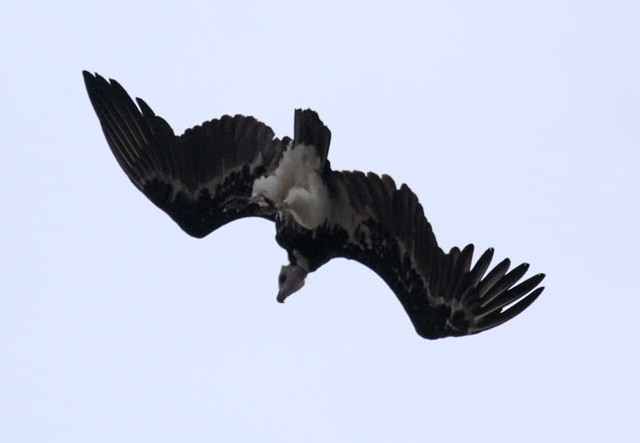 © leachy
© leachy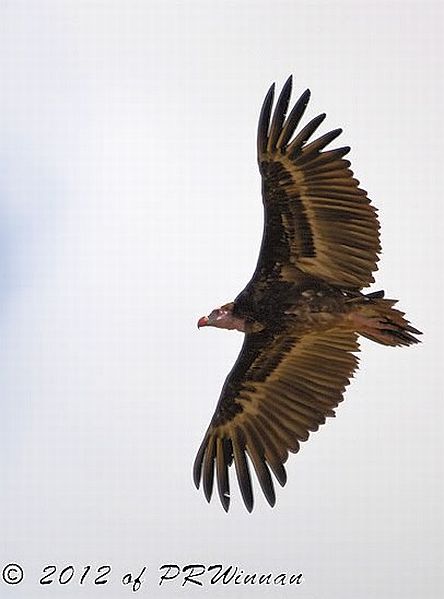 © PRWIN
© PRWIN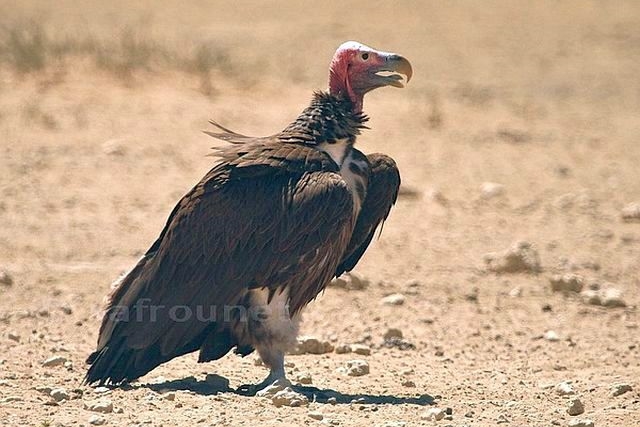 © nan
© nan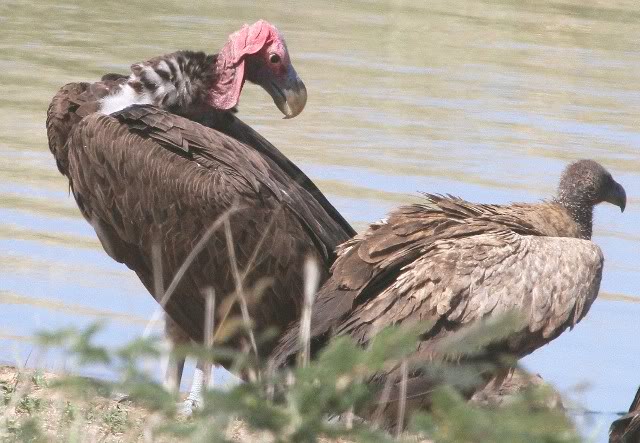
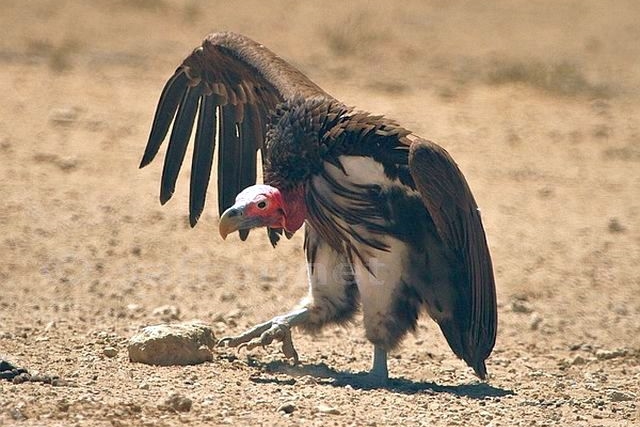 © nan
© nan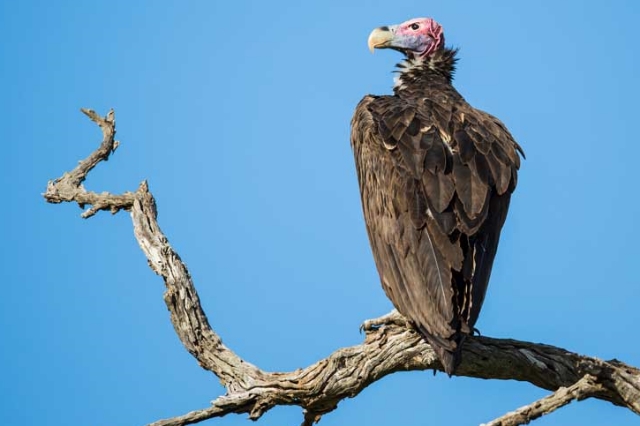 © Pumbaa
© Pumbaa © BluTuna
© BluTuna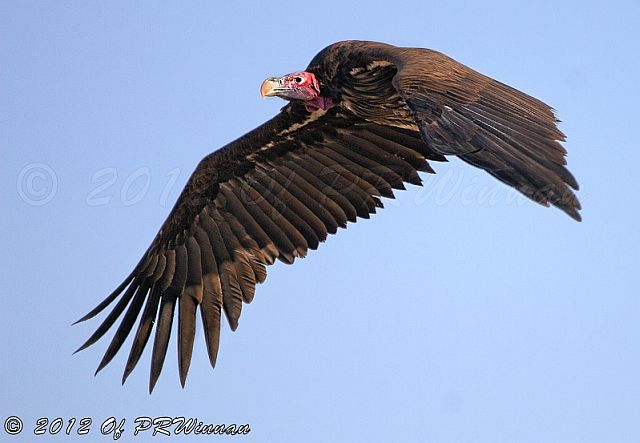 © PRWIN
© PRWIN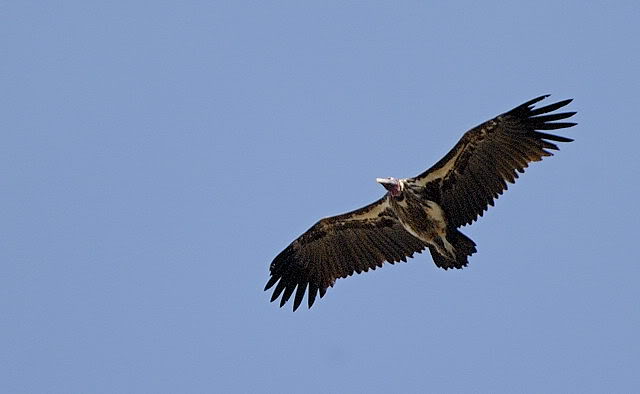 © Dewi
© Dewi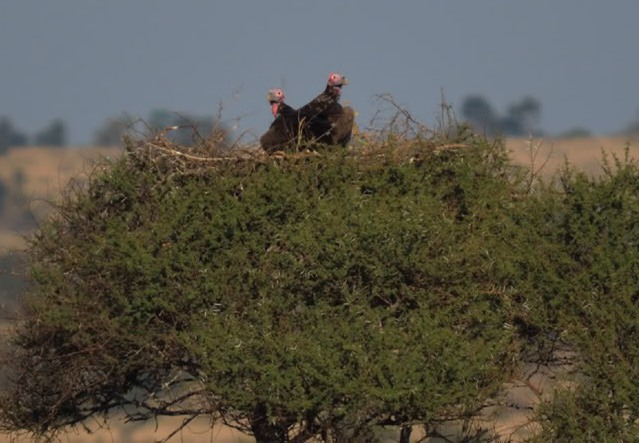 © BluTuna
© BluTuna © PRWIN
© PRWIN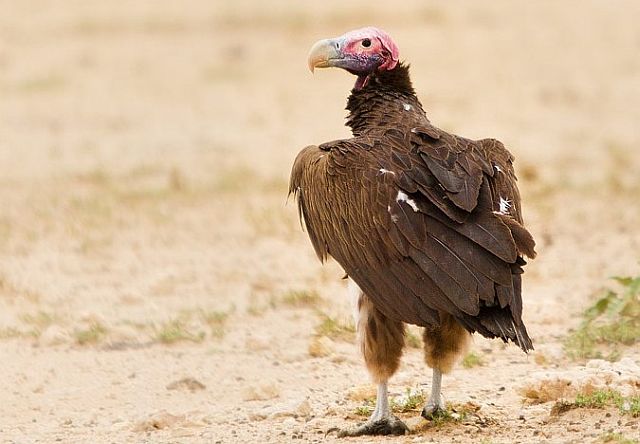 © PRWIN
© PRWIN